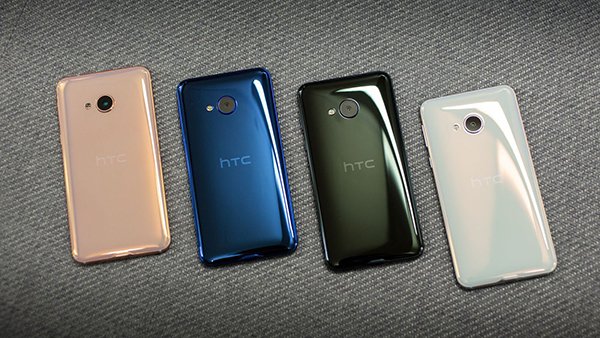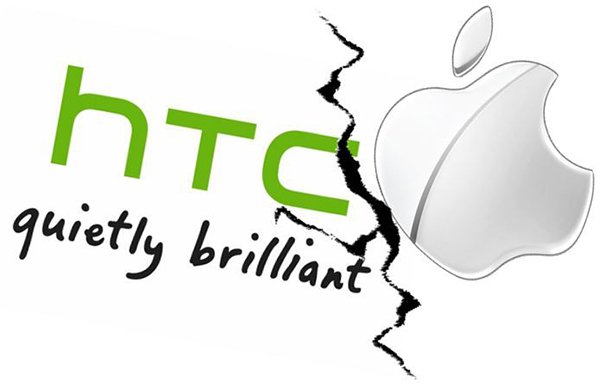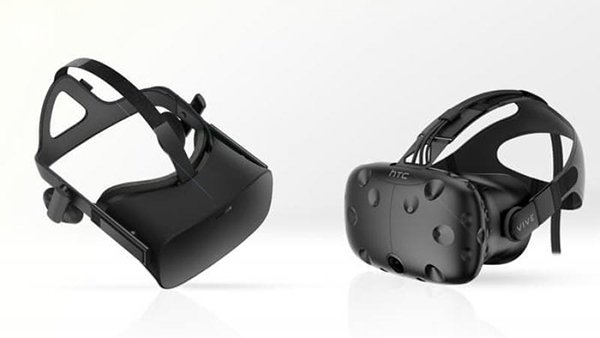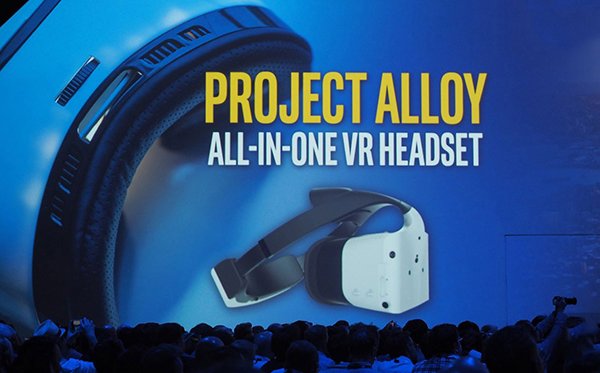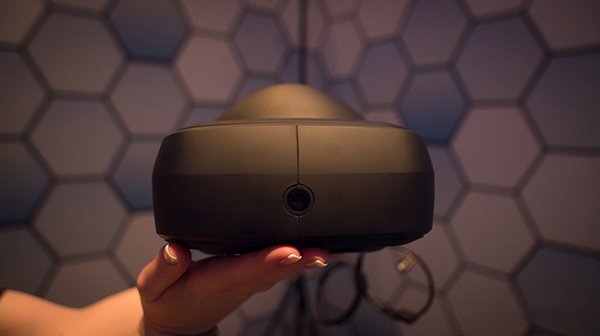HTC has announced that it will sell its mobile phone manufacturing facility in Shanghai for RMB 630 million. The proceeds will be used mainly in the VR field. HTC chairman Wang Xuehong recently said in an interview that the outbreak of the VR application market will come two years later. “So we have to hurry up.†But now that VR is still immature, HTC needs to cross several hurdles to wait until the industry erupts. What? There is no doubt about the sale of Shanghai factory After the seller’s news broke out, a reporter visited the Shanghai mobile phone manufacturing plant that was sold by HTC. According to surveys, this factory has already gone empty, there are rare figures in the factory, the elevator is no longer running, the canteen is covered with dust, and there is a scene of depression and desolate. Mr. Li, who once opened a hotel near the hotel, said that in a good business year, there were seven or eight hundred people a day to eat, and then the factory layoffs, people who eat less slowly, and basically no one in the second half of last year, "at that time The shop has already been closed, and it is time to get it away and prepare for another." It is understood that HTC will sell this factory area of ​​114,000 square meters, built in 2009, the main task is to produce smart phones sold to the mainland market. During its heyday in 2011, the plant had a monthly mobile phone capacity of 2 million units. However, the HTC smartphone business gradually declined from 2013, and the factory's production lines have gradually entered an idle state. HTC stated in the statement that the purpose of this sale of land and factory buildings is to improve operational efficiency and optimize company assets without affecting the company's mobile phone business. HTC will continue to focus on the high-end mobile phone market. From the second quarter of 2015 to the fourth quarter of 2016, HTC suffered consecutive losses for seven quarters. The net loss for two years exceeded 800 million U.S. dollars, and the mobile phone became the main cause of HTC loss. From the perspective of market performance, the market share of HTC in 2015 was already less than 1%. In the first half of 2016, HTC did not even enter the top 20 smartphone sales charts in the mainland. From the current state of the HTC mobile phone business, selling idle mobile phone manufacturing plants in Shanghai can serve two purposes: not only helping stop HTC losses, raising funds, but also investing in VR, and promoting the strategic layout of the company. In the VR market, HTC is in the leading group: in the consumer sector, HTC Vive sold 500,000 units in 2016, ranking second in the world (in the high-end market, only after Sony PSVR, surpassing Oculus Rift); in the Chinese VR market, HTC Vive has the largest market share, reaching 17.7%. On the developer side, 45% of people are most interested in HTC Vive, higher than Oculus Rift (30%) and Sony PSVR (20%). Taking into account the performance of the VR market, HTC chose to sell the Shanghai factory and it is easy to understand that it will continue to bet VR to seek a breakthrough. Need to avoid repeating mistakes in mobile phones However, for HTC, it is not easy to seek breakthrough through VR business. In addition to the common industrial problems facing the VR industry (immature technology, ecological imperfections, etc.), HTC still needs to learn lessons from the failure of the mobile phone market in order to better advance the VR business. So now, what aspects are worth paying attention to by HTC? The first is the patent issue. I think that HTC was very popular in the mobile phone market, but after several patent wars (HTC and Apple, HTC, Nokia, etc.), due to the lack of attention and accumulation of patents, HTC failed in the United States, Europe and other markets (such as the ban on some models The sale of mobile phones in the United States led to the defeat of HTC in the United States and eventually became the trigger for the decline of HTC. In the field of AR/VR, Microsoft, Sony, Samsung, Qualcomm and other companies ranked in the top ten in terms of total patents. HTC not only failed to enter the top ten, but even said that it had no weight and became a major hidden danger for the company's development of VR. Second is the lack of core technologies. In the early days of the smart phone era, HTC became the pinnacle of the industry with its earliest use of the Android system. However, Samsung, the late descendant of the Android camp, eventually replaced HTC as the Android camp leader with a complete hardware industrial chain. In China, Huawei's millet and other manufacturers also occupy the mid-range market by virtue of their price/performance ratio. Because HTC neither has the price that people touch, but also lacks Samsung's industrial chain, it eventually disappears from the user's perspective. The current VR industry is similar to HTC's success with Android: HTC and Valve launched the VR helmet HTC Vive to take advantage of the market, but HTC did not master the core technologies, including the Steam VR content platform, and Lighthouse belonged to Valve. Since last year, Valve has opened Lighthouse technology, began to sell Lighthouse tracking base stations separately, and collaborated with LG to develop VR helmets, which may impact HTC's VR layout in the future. The last is the principle of no price reduction. HTC mobile phones do not have a price that is close to the people, and have a lot to do with the HTC strategy. HTC executives said in an earlier interview that “the focus of HTC's future development will remain focused on high-end products, and the brand's texture will make consumers feel satisfied, so it will not be like Xiaomi’s development with low-cost models.†Recently, after hearing about the price cuts of Oculus Rift and Oculus Touch, HTC’s response was exactly the same: “We feel that HTC Vive does not need to lower prices. We have achieved incredible success and continue to discover the huge market momentum.†But it is clear that The performance difference between the Oculus Rift and the HTC Vive is already quite small, and Oculus, which has a price bounce, may pose a threat to HTC in the future. Competitors threaten HTC In terms of competitors, HTC's competitors include not only Sony, Oculus, but also many OEMs (may be based on VR helmet solutions from Microsoft, Intel, or Valve). Taking Intel as an example, the company had previously demonstrated Project Alloy for the VR all-in-one, which integrates RealSense technology and allows users to control everything through their hands. In addition, this device does not require external wiring, and does not need to place sensors around the house, selling quite rich. Microsoft introduced a VR helmet based on Windows MR, trying to reduce the excessive dependence of high-end VR on hardware performance. The first device is produced by Acer and supports features such as inside-out, multi-tasking, and UWP applications. This device has a screen that can be adjusted up and down, allowing easy switching between VR/MR and reality, which is expected to bring a different experience than HTC Vive. LG, working with Valve, is also likely to be an HTC rival: Both companies' helmets are based on SteamVR and have a very close experience. LG's VR helmet front cover can be flipped, so you don't have to remove the entire helmet and experience even better. In the future, if more companies join the SteamVR ecosystem, they will likely become HTC's strong competitors. In addition to the newly added competitors in the war situation, the threats of Sony and Oculus can not be underestimated. Oculus not only exposed the VR all-in-one Santa Cruz, but also acquired several VR technology companies that will hit HTC on technology and hardware. Oculus further enhances the appeal of Oculus Rift to users by attracting developers to develop exclusive VR content for Oculus Rift and creating VR experiences within the company (such as Oculus Story Studio). Sony PSVR, with a price advantage of 399 US dollars, and the huge installed capacity of PlayStation 4, has a very large number of potential buyers. On the other hand, Sony has prepared a very strong lineup for PSVR, including the VR version of "Resident Evil 7" that has already been released, and the VR version of "GT Racing Sport" that will be on sale this year. All these will help Sony PSVR better attract users and become HTC's challenge in the VR market. In addition, HTC has confirmed that it will launch a mobile VR product that will fit HTC smartphones. However, the current sluggishness of HTC in the mobile phone market will inevitably affect the layout of HTC in the field of mobile VR. Considering that Huawei and other smart phone manufacturers have already deployed VR and Samsung Gear VR shipments exceed 500W, HTC's mobile VR road is not easy. Can HTC wait until the VR erupts? At this stage, the seemingly fiery VR industry has not yet entered the consumer market. When talking about Facebook's VR/AR business, Zuckerberg admits that today is less than expected, virtual reality devices "will not be profitable for quite some time." This is also a difficult problem for HTC, let alone mention HTC has suffered consecutive losses for seven quarters due to its mobile phone business. In fact, in order to better create its own VR ecosystem, HTC has set up a VR R&D center and established VR investment funds. Both of them need abundant cash flow and industrial chain appeal. On the other hand, the long-term loss of mobile phone business has made HTC a VR business. The cash flow on the capital and capital talents' investment have become a constraint on HTC's development. Many people in the industry point out that at present, VR has just started, at least 5-10 years will be more mature. HTC Chairman Wang Xuehong also believes, “I really believe that in the next ten years, this industry will become a trillion-dollar industry and it is very worthwhile for everyone to invest in.†Then the problem came, although the prospect of VR Widely optimistic, but HTC plagued by financial pressure, can really wait until the VR outbreak? The good news is that HTC seems to have learned some lessons from Waterloo, including the emphasis on ecological experiences, the combination of hardware and software, and the importance of the Chinese market, which has also made HTC Vive widely acclaimed. For HTC's VR development, this is undoubtedly a good start. CAT5E Keystone Jack is an integral parts of RJ45 networking connectors for speed voice, video, data server center, CAT5E keystone jacks are an integral part of any high speed voice, data, or video network. These standardized female connectors are used for inserting multi-conductor Ethernet cable into wall plates, patch panels, or surface mount boxes. The Uonicore offer excellent value and selection with our line of keystone jacks including: MIG+, shielded, high density, tool-less, and snap-in styles CAT5E Keystone Jack,UTP CAT5E Keystone Jack,Keystone Jack CAT5E,Cat5e Jack NINGBO UONICORE ELECTRONICS CO., LTD , https://www.uonicore.com
